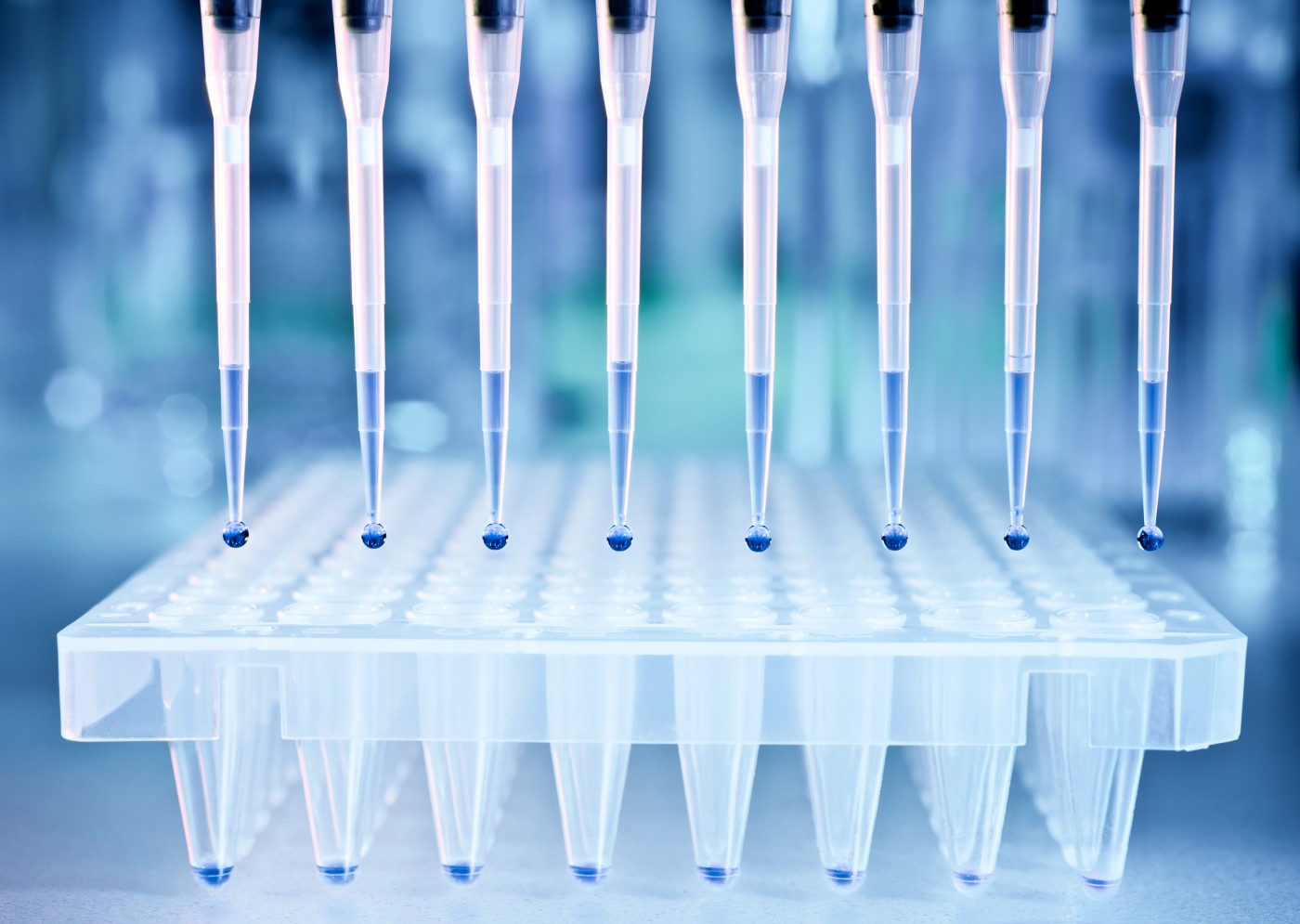Discovering a New World in MS Through Genomics, ECTRIMS 2015

A Satellite Symposia entitled “Discovering a new world in MS” supported by Teva Neuroscience was held yesterday, October 8, at the 31st Congress of the European Committee for Treatment and Research in Multiple Sclerosis (ECTRIMS), currently taking place in Barcelona, Spain, October 7 – 10, 2015.
Prof. David Brassat from the University of Toulouse III, France gave a talk at the Symposia entitled “Genomics: potential for navigating therapy to the individual patient”. Prof. Brassat is interested in the search of biomarkers for the different aspects of multiple sclerosis (MS), including genetic susceptibility, prognosis, disease course and response to therapies.
Disease-modifying drugs (DMDs) have been shown to reduce disease activity in relapsing-remitting multiple sclerosis (RRMS) patients, especially in terms of annualized relapse rate (ARR) and magnetic resonance imaging (MRI) findings.
According to Prof. Brassat, currently available DMDs are unable to effectively stop disease course, but early treatment can delay disability progression in MS patients. The patient response to DMDs is, however, variable with some patients achieving significantly higher response levels to DMD therapy than others. Therefore, reliable response predictors that allow an optimized and individualized treatment are needed.
Several studies, including genome-wide association studies (GWAS), have tried to identify genetic variations responsible for the heterogeneous patient response to DMDs like interferon (IFN)-beta and glatiramer acetate in RRMS. Based on these studies, genes like GPC5 (a glutamate receptor), ADAR, and SLC9A9 have been suggested to play a role in the response to IFN-beta treatment.
“A SLC9A9 variant influences disease activity in treated patients. This gene variant was [found to be] important to predict who would have more relapses.” explained Prof. Brassat during his presentation.
RELATED: Multiple Sclerosis News Today To Provide Live, On-Site Coverage Of 31st Annual #ECTRIMS2015 Congress
Regarding glatiramer acetate, the human leukocyte antigen (HLA) region (DRB1*15:01) was found to be involved in treatment response, as well as seven other genes (FAS, MBP, CTSS, TRB, CD86, IL1R1 and IL12RB2).
Based on these reports, Teva is conducting a large-scale pharmacogenomics study in RRMS patients treated with glatiramer acetate. The company developed an 11-single nucleotide polymorphism (SNP) signature for the glatiramer acetate response in order to be able to predict high and low responders among RRMS patients who have not initiated treatment with this drug. The predictive value of the Teva’s multi-SNP signature is currently being assessed in several independent cohorts of patients.
Prof. Brassat believes that the pharmacogenomics field, “will rapidly evolve due to the knowledge surge in genetic techniques” and that it “is a tool for defining extreme responders/patients at risk of severe adverse events”, helping in the choice of the most adequate drugs and treatments for disease management. He concludes, “given the heterogeneity of MS, there is no best treatment strategy available today. However, pharmacogenomics is a promising approach to navigate personalized medicine from bench to bedside due to the robustness and high translational potential to clinical practice”.






